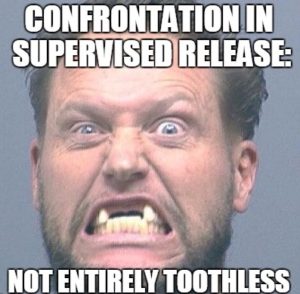In an opinion yesterday, the Second Circuit (Jacobs, Pooler, Hall) ordered a retrial of Armani Cummings based on the admission of non-harmless hearsay.
Cummings was charged with killing two people in the course of committing drug crimes. A government witness testified, in essence: “Someone told me Cummings threatened to kill me.” The Court explained that this was not an admissible statement by Cummings (the party opponent) but, rather, was double hearsay from a third party “someone” and thus inadmissible.
The error of admitting the statement, the Court further held, was not harmless: “The hearsay was especially toxic because it created a grave risk that the jury would use it as evidence of Cummings’s murderous propensity” and thus convict him for being a “bad man” rather than for committing the two alleged murders.
Of particular note, the Court ordered a retrial even though (1) the jury heard evidence that Cummings …









